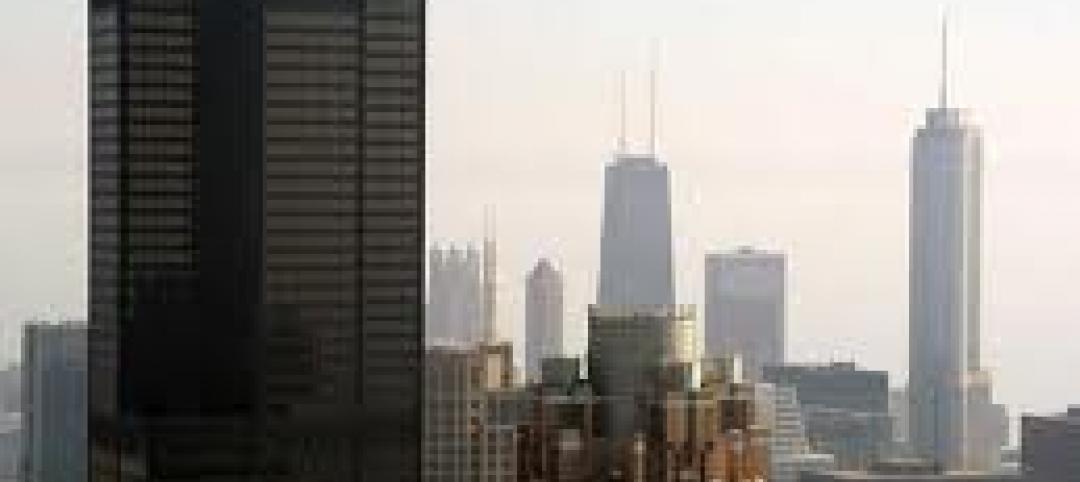Three branches of the U.S. military are more intently scrutinizing housing landlord Balfour Beatty Communities with concerns over health hazards and maintenance practices, according to a Reuters report.
The Air Force issued an ultimatum for Balfour Beatty to submit a plan to resolve concerns with serious life, health, and safety issues within 90 days in housing at all 21 Air Force bases where it operates troop housing. If the company fails to make improvements promptly, the Air Force will begin a formal dispute process that could result in financial penalties and termination of its operating agreement with Balfour Beatty, Reuters reported.
According to Reuters, records show Air Force personnel at Tinker had questioned the accuracy of the company’s maintenance logs multiple times. Some families at Tinker Air Force Base in Oklahoma were exposed to asbestos, sewage, vermin, and mold, Reuters reported.
The Army docked more than 50% of Balfour Beatty’s financial bonuses at three bases this year. Other housing landlords also had fees withheld.
Related Stories
| Mar 15, 2012
Construction industry a big winner in federal small disadvantaged business procurement
Last year, only 5% of federal contract dollars went to small disadvantaged businesses. Construction and facilities support firms were the biggest beneficiaries.
| Mar 15, 2012
ANSI approves new fall protection standards
The American National Standards Institute (ANSI) has approved two American Society of Safety Engineers' (ASSE) standards addressing fall protection.
| Mar 8, 2012
Engineering innovation provides new option for meeting seismic codes in skyscrapers
Two University of Toronto engineers have developed “viscoelastic-energy-dissipating dampers” to replace many of the heavy concrete beams used in tall structures.
| Mar 8, 2012
CSI webinar on building code compliance March 22
A March 22 webinar will provide an overview of a 28-step process during the design of a building to ensure compliance with building codes.
| Mar 8, 2012
Federal silica dust rule caught in bureaucratic limbo
A federal rule meant to protect the lungs of workers has been caught in bureaucratic purgatory for more than a year.
| Mar 8, 2012
New LEED-EBOM rating has requirements for specific project types
Several key changes are proposed for the LEED-EBOM Rating System in 2012.
| Mar 8, 2012
Green buildings more resilient than conventionally built structures
A new study by the U.S. Green Building Council (USGBC) and the University of Michigan’s Taubman College of Architecture and Urban Planning suggests that structures built to green standards can advance building resiliency.
| Mar 1, 2012
LEED Platinum standard likely to mean net-zero energy by 2018
As LEED standards continue to rise, the top level, LEED Platinum, will likely mean net-zero energy construction by 2018.















